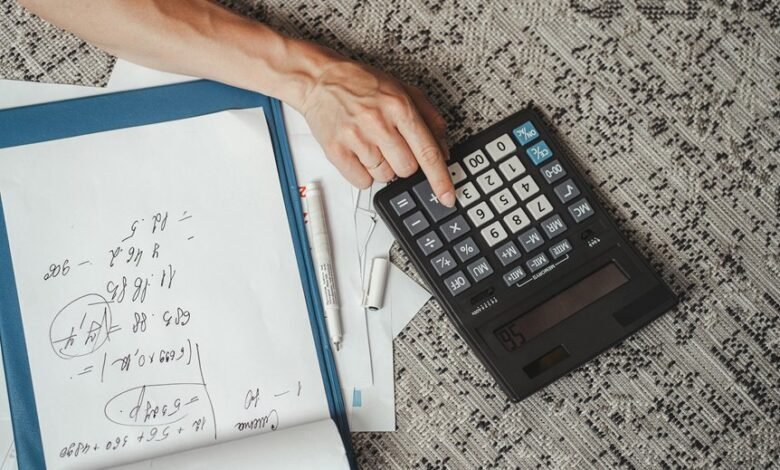Detailed Study: 5592059351, 5592574354, 5614340111, 5619674118, 5625285181, 5625285247

The numbers 5592059351, 5592574354, 5614340111, 5619674118, 5625285181, and 5625285247 present a fascinating case for analysis. Each exhibits distinct mathematical properties, particularly in terms of divisibility and prime factors. Understanding these characteristics may reveal underlying patterns and correlations. Such insights could have significant implications in areas such as cryptography and data analysis. The exploration of these relationships invites further examination into their broader relevance.
Analysis of Individual Numbers
The analysis of individual numbers reveals distinct characteristics and patterns that contribute to their significance in various mathematical contexts.
Each number showcases unique properties, such as divisibility, prime factors, and numerical relationships. Understanding these individual characteristics enhances the appreciation of their individual significance, allowing for deeper insights into mathematical structures.
This exploration fosters a greater sense of freedom in engaging with the complexities of numerical systems.
Patterns and Trends Among the Sequences
Building on the analysis of individual numbers, patterns and trends emerge when examining sequences in mathematics.
The examined sequences reveal significant sequence correlation, highlighting underlying numerical patterns that connect disparate figures. These correlations suggest a structured relationship among the numbers, inviting further exploration into their mathematical properties.
Identifying these trends can enhance understanding and appreciation of the complexities inherent in numerical sequences.
Potential Applications and Implications
While exploring numerical sequences may seem purely theoretical, their potential applications extend far beyond academic interest.
The numerical significance embedded in these sequences can inform various fields, including cryptography, data analysis, and algorithm design.
As technological advancements continue to evolve, harnessing these sequences may facilitate innovative solutions, enhance computational efficiency, and drive progress in artificial intelligence, ultimately shaping a more liberated future.
Conclusion
In conclusion, the intricate tapestry woven by the numbers 5592059351, 5592574354, 5614340111, 5619674118, 5625285181, and 5625285247 reveals a symphony of relationships, echoing the harmony found in mathematical structures. Their unique properties and shared patterns symbolize the interconnectedness of numerical analysis, inviting deeper exploration. As these figures dance through the realms of cryptography and data analysis, they illuminate pathways for innovation, suggesting that even the simplest digits can hold profound significance in a complex world.





